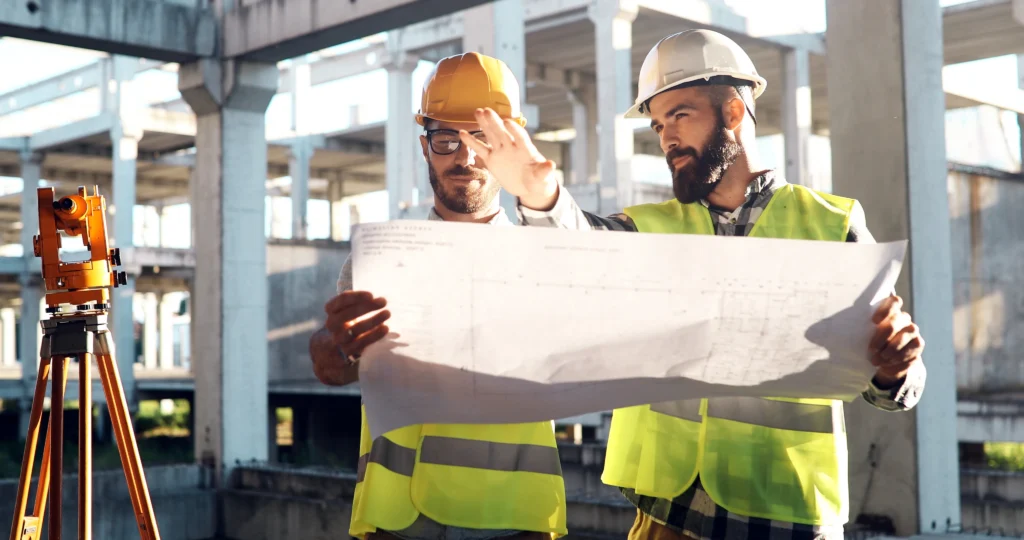Introduction
In the highly competitive world of commercial construction, ensuring the highest standards of quality is more than just a best practice—it’s necessary. Project owners, developers, and tenants demand impeccable results marked by safety, longevity, and operational excellence. Bringing these expectations to life hinges on robust quality assurance, a framework that systematically prevents costly errors while delivering maximized value. Achieving these standards means partnering with expert commercial contractors who understand the complexities of QA on commercial sites.
Construction projects risk delays, compliance issues, increased costs, and even future legal liabilities without strict adherence to quality protocols. Early and ongoing attention to quality assurance can reduce project rework, foster stakeholder trust, and protect financial investments. This comprehensive guide reviews the key best practices and vital checkpoints every commercial project should prioritize to realize these benefits.
Establish Clear Quality Standards
Every successful QA initiative begins with establishing clear and actionable quality standards. Defining these benchmarks at the outset ensures every team member—from project executives to trade workers—understands precisely the required outcomes. These standards, typically documented in detailed project specifications, outline accepted materials, minimum workmanship criteria, and essential code compliance obligations.
Explicit standards eliminate ambiguity and confusion, setting expectations for both internal project teams and external subcontractors. They also provide a foundation for measuring performance throughout the construction lifecycle. Comprehensive quality plans should reference applicable industry codes, such as those from the International Building Code (IBC) and standards from agencies like ASTM International.
Implement Regular Inspections and Audits
Quality assurance isn’t a one-time event—it’s a continuous process built on periodic inspections and audits. Systematic assessments at major milestones and interim walkthroughs help catch errors before they can escalate. Developing customized inspection checklists enables teams to track compliance, workmanship, and material quality at every stage, helping identify and rectify issues quickly.
These proactive measures are not just about identifying problems—they’re a critical element of maintaining project momentum and discipline. By addressing issues early, project teams minimize costly re-dos and project delays. Routine audits, often performed by third-party professionals, further reinforce objectivity and compliance with broader regulations and owner requirements.
Leverage Technology for Quality Management
Modern construction projects benefit enormously from integrating digital technologies tailored for QA. Cloud-based construction management platforms support real-time communication, documentation, and tracking of project quality metrics.
Beyond documentation, these technologies power advanced reporting, highlight deficiencies instantly, and streamline the approval process for submitted work. Understanding the impact of digital transformation on QA is essential, as technology-driven processes have been shown to substantially reduce project error rates and boost transparency, according to McKinsey & Company.
Provide Comprehensive Training Programs
Even the most well-documented plans will underperform without a properly trained workforce. Ongoing education, safety seminars, and upskilling initiatives are necessary to empower site personnel and subcontractors. These training sessions cover evolving construction techniques, new materials, safety best practices, and the specific QA protocols unique to each project.
Investment in continuous learning reduces on-the-job errors and repetitive defects, bolsters morale, and cultivates a culture of continuous improvement. A regular cadence of workshops—backed by certifications and hands-on demonstrations—ensures the team remains proficient and motivated to deliver the highest-quality results.
Ensure Effective Communication and Documentation
Centralized, transparent communication is essential for synchronizing quality objectives across all project stakeholders. Frequent coordination meetings, clear project management platforms, and shared documentation repositories enable team members to rapidly communicate progress, flag concerns, and resolve potential issues.
Thorough documentation, including change orders, inspection records, punch lists, and compliance reports, is a legal safeguard and an invaluable resource for future projects. Proper documentation facilitates smoother closeout processes and streamlines warranty and facilities management activities after handover.
Focus on High-Risk Areas
Not all project components present the same risks or require the same level of attention. By prioritizing high-criticality systems—such as structural elements, life safety systems, water intrusion control, and mechanical-electrical-plumbing (MEP) installations—QA teams can efficiently allocate resources to the most impactful areas. These critical checkpoints are inspected with higher frequency and rigor using a risk-based approach.
Targeted QA efforts dramatically decrease the likelihood of catastrophic failures and costly post-construction defects, safeguarding building integrity and client reputation.
Conduct Post-Construction Reviews
Once a commercial project reaches completion, a diligent post-construction review provides an essential learning opportunity. By gathering feedback from clients, facility users, contractors, and design professionals, QA teams can evaluate which processes succeeded and which areas present room for improvement.
These reviews close the loop on the current project and promote knowledge transfer to future developments, gradually raising the quality standard across the organization. Action items and lessons learned can be incorporated into updated training programs, standards manuals, and checklists for unmatched continuous improvement.
Final Thoughts
Vigilance in quality assurance is essential throughout every stage of a commercial construction project. By embracing clear standards, regular inspections, technological advancements, comprehensive training, and transparent communication, project teams can significantly enhance project outcomes and client satisfaction. Prioritizing high-risk areas and learning from past projects ensures these gains are sustained long into the future, allowing commercial contractors to deliver exceptional buildings that stand the test of time consistently.






